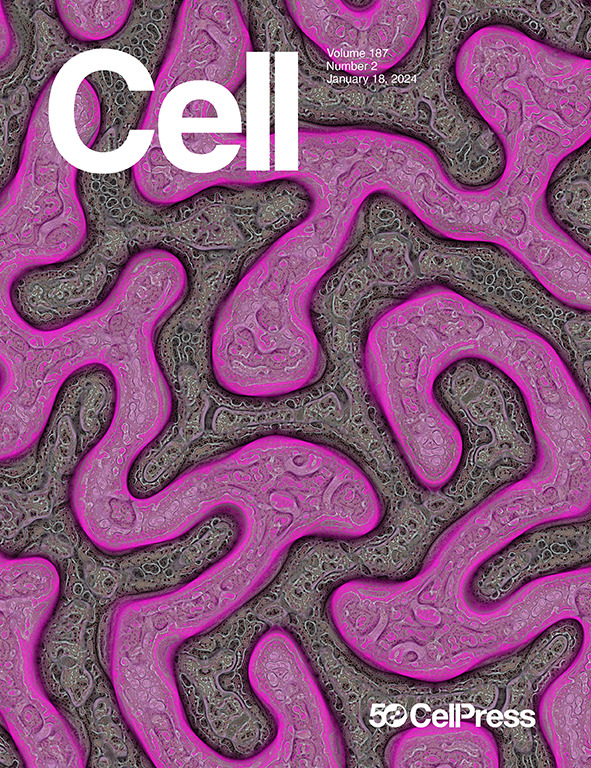HIF调节多种翻译的内源性逆转录病毒:对癌症免疫治疗的影响
IF 45.5
1区 生物学
Q1 BIOCHEMISTRY & MOLECULAR BIOLOGY
引用次数: 0
摘要
透明细胞肾细胞癌(ccRCC),尽管具有较低的突变负担,但被认为是免疫原性的,因为它偶尔会自发消退,并且通常对免疫治疗有反应。ccRCC的标志性病变是VHL肿瘤抑制基因失活,从而导致HIF转录因子上调。早期的病例报告描述了一名通过异体干细胞移植治愈的ccRCC患者,后来发现其供体来源的T细胞识别由hif应答的内源性逆转录病毒(ERV) ERVE-4编码的ccRCC特异性肽。我们报道ERVE-4是由HIF诱导的众多erv之一,在ccrcc中被翻译成hla结合肽,并能够产生抗原特异性T细胞反应。此外,使用临床级HIF稳定剂可以在非ccrcc肿瘤中诱导ERV表达。这些发现对利用erv进行癌症免疫治疗具有启示意义。本文章由计算机程序翻译,如有差异,请以英文原文为准。

HIF regulates multiple translated endogenous retroviruses: Implications for cancer immunotherapy
Clear cell renal cell carcinoma (ccRCC), despite having a low mutational burden, is considered immunogenic because it occasionally undergoes spontaneous regressions and often responds to immunotherapies. The signature lesion in ccRCC is inactivation of the VHL tumor suppressor gene and consequent upregulation of the HIF transcription factor. An earlier case report described a ccRCC patient who was cured by an allogeneic stem cell transplant and later found to have donor-derived T cells that recognized a ccRCC-specific peptide encoded by a HIF-responsive endogenous retrovirus (ERV), ERVE-4. We report that ERVE-4 is one of many ERVs that are induced by HIF, translated into HLA-bound peptides in ccRCCs, and capable of generating antigen-specific T cell responses. Moreover, ERV expression can be induced in non-ccRCC tumors with clinical-grade HIF stabilizers. These findings have implications for leveraging ERVs for cancer immunotherapy.
求助全文
通过发布文献求助,成功后即可免费获取论文全文。
去求助
来源期刊

Cell
生物-生化与分子生物学
CiteScore
110.00
自引率
0.80%
发文量
396
审稿时长
2 months
期刊介绍:
Cells is an international, peer-reviewed, open access journal that focuses on cell biology, molecular biology, and biophysics. It is affiliated with several societies, including the Spanish Society for Biochemistry and Molecular Biology (SEBBM), Nordic Autophagy Society (NAS), Spanish Society of Hematology and Hemotherapy (SEHH), and Society for Regenerative Medicine (Russian Federation) (RPO).
The journal publishes research findings of significant importance in various areas of experimental biology, such as cell biology, molecular biology, neuroscience, immunology, virology, microbiology, cancer, human genetics, systems biology, signaling, and disease mechanisms and therapeutics. The primary criterion for considering papers is whether the results contribute to significant conceptual advances or raise thought-provoking questions and hypotheses related to interesting and important biological inquiries.
In addition to primary research articles presented in four formats, Cells also features review and opinion articles in its "leading edge" section, discussing recent research advancements and topics of interest to its wide readership.
 求助内容:
求助内容: 应助结果提醒方式:
应助结果提醒方式:


